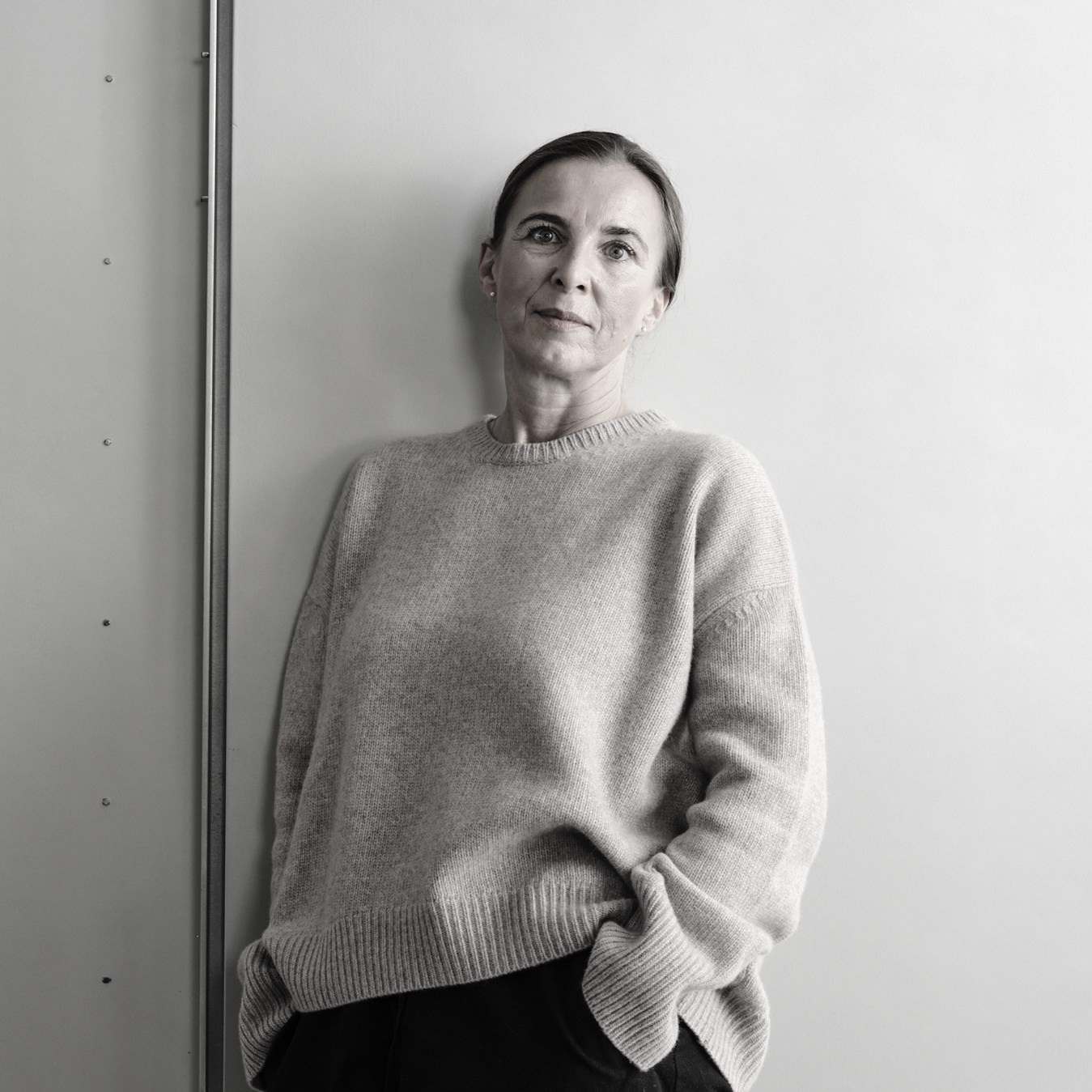Friederike Faller, Partner, Holscher Design
“I expect the digital development to get more and more predominant. With the growing number of devices and appliances, I think the trend is going towards a stronger integration of architectural hardware in the actual building components.”
How has architectural hardware developed over the last 10-15 years?
The world is getting more and more digitalized and interconnected, and architectural hardware products transform from pure hardware to new products that combine soft- and hardware. A major theme is the introduction of smart devices and IOT in architectural products. Interconnected house control systems, climate control and security systems.
How does the design of architectural hardware create value anno 2021?
Several factors have influenced the field of architectural hardware in the past years. In many countries, new legislation is driving a need for new product development. Since the outbreak of COVID-19, hygiene, disinfection, air quality, social distancing, and many other issues have caught a lot of attention, and designers help find answers to these challenges and demands. Another topic that is currently attracting a lot of attention is acoustics. The growing use of video-communication and the fact, that many people don’t thrive in noisy open plan offices cry out for good solutions for a pleasant and healthy indoor climate.
What does the future look like for architectural hardware?
I expect the digital development to get more and more predominant. With the growing number of devices and appliances, I think the trend is going towards a stronger integration of architectural hardware in the actual building components. In the future, kitchen appliances, climate systems, lighting, etc. will be more integrated. Further, there is a trend towards the combination of functions, e.g. air purifying + lighting, heating + air purifying/ acoustic insulation, ventilation + lighting and so on – to reduce the number of “noisy” elements in buildings – and to reduce power consumption. Lastly, we see an increasing focus on design quality. As wealth is growing, many put a lot of effort in the design of their homes and workplaces, and consumers expect sincere materials and want to make sustainable choices. That is very good.

Friederike Faller
Reach out to Friederike to learn more about
Holscher Design and how we can help you.